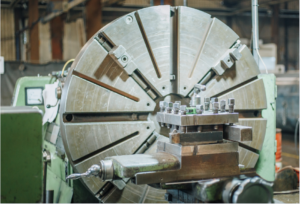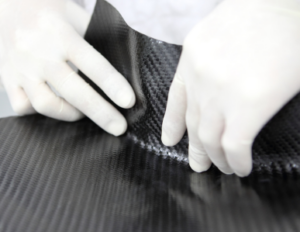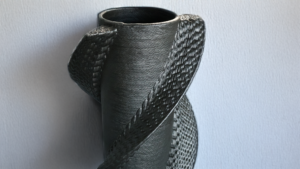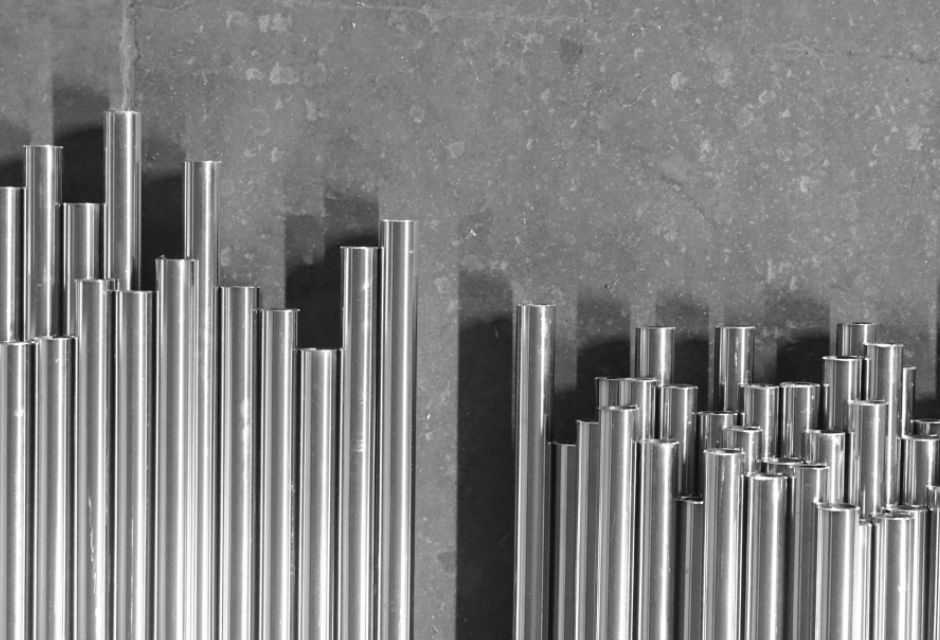
If you are considering manufacturing stainless steel products by cutting, you may be asking yourself, "Is stainless steel difficult to cut? "What kind of shape can I make?" What kind of shape can we make?
This article describes the features and benefits of stainless steel cutting and the types of stainless steel used in the process.
We also introduce tips for successful stainless steel cutting process.
For more information about Taiga, click here.Table of Contents
Features of Stainless Steel Cutting|Is it true that machining is difficult?
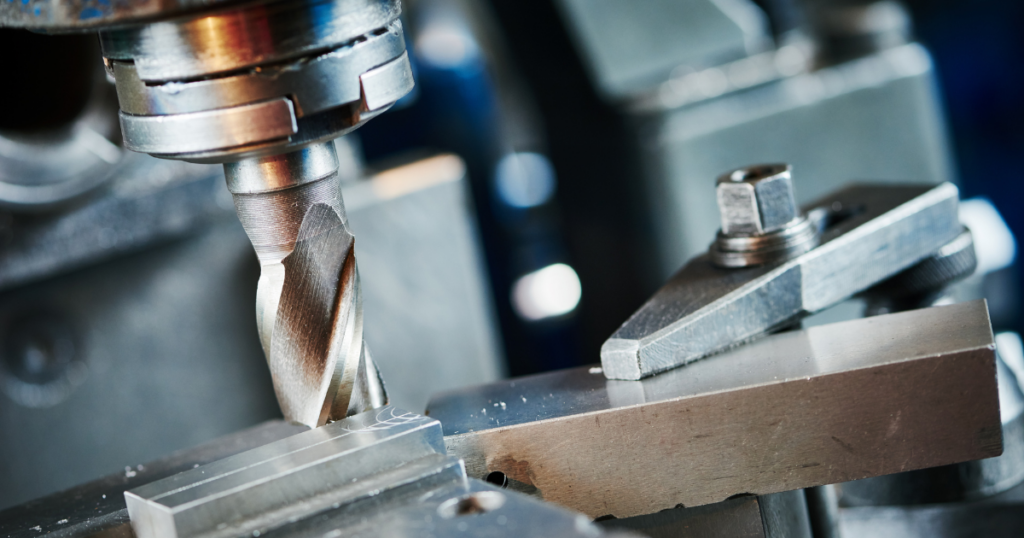
Stainless steel is a so-called "difficult-to-machine material" that is difficult to cut.
Because stainless steel has low thermal conductivity, heat generated during machining is concentrated on the tool and may damage the tip of the tool.
Another reason stainless steel is difficult to work is that it is more viscous than other metals and is prone to "work hardening," a phenomenon in which hardness increases during machining. When cutting for a long period of time, stainless steel hardens and becomes difficult to cut, and it can also cause tool breakage.
Other drawbacks include the high affinity between the tool and stainless steel, which makes it easy for chips to adhere to the blade.
If chipping occurs due to welding, machining accuracy will be reduced.
The machinability index, which quantifies the ease of cutting, differs for each type of stainless steel.
Therefore, it is also important to select an appropriate stainless steel material according to what you want to cut and the application.
Advantages of Using Stainless Steel for Cutting
Although cutting stainless steel is difficult, there are many advantages to using stainless steel as a material.
Below we will look at the advantages of using stainless steel for cutting operations.
High corrosion and heat resistance
Stainless steel is a highly corrosion-resistant material.
This makes it a suitable material for products that will be used for a long time.
Stainless steel also has high heat resistance, capable of maintaining high tensile strength up to 500°C.
There is no risk of loss of strength even when used in high-temperature environments.
High strength and low thermal conductivity
Stainless steel has excellent rigidity and high tensile strength.
Since it is not easily deformed by bending and torsion forces, it can be used for parts in areas where strength is required and as a construction material.
Its low thermal conductivity and low heat transfer make it suitable for components that require heat retention.
Types of stainless steel used for cutting
There are various types of stainless steel, and it is important to select the one that best suits the shape and application to be processed.
This section describes the characteristics of each type of stainless steel used for cutting.
Austenitic stainless steel
Austenitic stainless steels have excellent ductility, toughness, and weldability.
Because heat treatment increases hardness, it is used in a variety of settings, including automotive parts, nuclear power generation, and physical and chemical equipment.
Austenitic stainless steel is classified into the following types.
- SUS302
- SUS303
- SUS304
- SUS304L
- SUS309S
- SUS310S
- SUS 316
- SUS317
- SUS321
- SUS347
Martensitic stainless steel
Martensitic stainless steel is a stainless steel with relatively low chromium content of about 13% and high carbon content.
Due to its high carbon content, it is less corrosion resistant than other types, but has higher hardness and wear resistance.
Since it is hardened by quenching, a wide range of properties can be obtained by selecting the heat treatment conditions.
The following types of martensitic stainless steel are available.
- SUS403
- SUS410
- SUS41
- SUS420
- SUS420F
- SUS431
- SUS440A,B,B
- SUS440F
Ferritic Stainless Steel
Ferritic stainless steel is a stainless steel with better formability, corrosion resistance, and weldability than martensitic stainless steel.
Unlike martensitic stainless steel, it is not hardened by heat treatment such as quenching.
In addition, high-purity ferritic stainless steels such as ultra-low carbon and nitrogen SUS444 have enhanced corrosion resistance and are resistant to stress corrosion cracking in chloride environments.
However, there is a disadvantage that prolonged exposure to temperatures above 400°C causes separation into iron-rich and chromium-rich tissues, which leads to brittleness.
The following types of ferritic stainless steel are available.
- SUS405
- SUS430
- SUS430F (free-cutting)
- SUH446
Austenitic-ferritic stainless steel
Austenitic-ferritic stainless steel is a stainless steel with properties intermediate between austenitic and ferritic.
It has the physical properties of austenite and ferrite, each with its own metallurgical structure and a combination of advantages. The advantages are high strength and corrosion resistance, and resistance to stress corrosion cracking.
The following types of austenitic-ferritic stainless steel are available.
- SUS329J1
- SUS329J3L
- SUS329J4L
Precipitation hardening stainless steel
Precipitation hardening stainless steel is stainless steel that has undergone precipitation hardening to increase its strength.
However, it is the most expensive of the stainless steels because of the high cost of raw materials and the difficulty of manufacturing.
The following types of precipitation hardening stainless steel are available.
- SUS630
- SUS631
- SUS660
Free-cutting stainless steel
Free-cutting stainless steel is stainless steel that contains free-cutting components to make it easier to cut.
For example, SUS303, one of the free-cutting stainless steels, boasts a machinability index that is approximately twice as high as that of SUS304 due to the presence of molybdenum (Mo), a free-cutting component.
Although free-cutting stainless steel is easy to cut, the properties of the stainless steel itself may be reduced depending on the free-cutting components contained.
Keep in mind that the free-cutting component makes it rusty and brittle, and the presence of sulfur (S), a harmful impurity, can cause disadvantages such as not being usable under certain environmental conditions.
Besides, composite materials can increase anisotropy and degrade properties.
Key Points of Stainless Steel Cutting Process
From here, we will explain the key points of stainless steel cutting process.
Use appropriate processing machines and tools
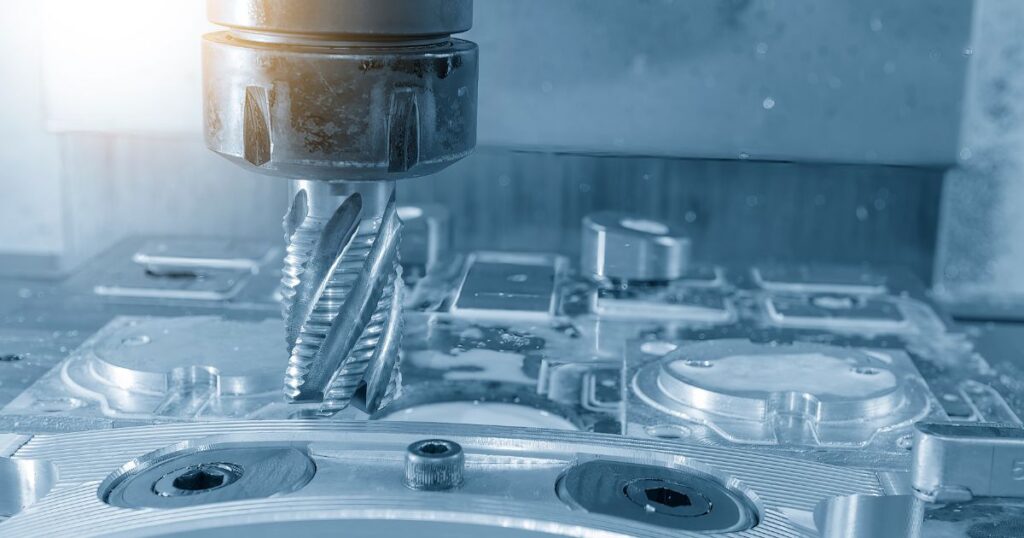
For stainless steel cutting, in addition to material selection, it is important to set appropriate tools and conditions during machining.
Cutting stainless steel tends to heat up the tip of the tool and causes severe tool wear.
Tools should be made of coated cemented carbide for wear resistance.
The key points for tool selection by cutting method are as follows.
- Turning: Use larger bites for easier heat dissipation
- Milling: Use sharp blades with strong torsion or multiple blades.
- Drilling: Select a dual-lead type drill
Use stainless steel, which is easy to cut.
Some stainless steels are easy to cut.
For example, ferrite stainless steel has higher machinability than other stainless steels and is less susceptible to work hardening, making it suitable for cutting.
Conversely, austenitic grades, which are more tenacious and prone to work hardening, are not suitable for cutting.
Martensitic materials are hard and difficult to cut as they are, but if they are annealed, machinability similar to ferritic materials can be obtained.
Select stainless steel materials according to the application and shape of the processing.
Pay attention to cutting speed and cutting time.
The faster the cutting speed and the shorter the cutting time, the more efficient the operation.
However, if you try to shorten the cutting time by increasing the cutting speed with stainless steel, there is a high possibility that the tool will be damaged due to heat buildup.
Observe proper cutting speed and cutting time.
Always use cutting oil (coolant)
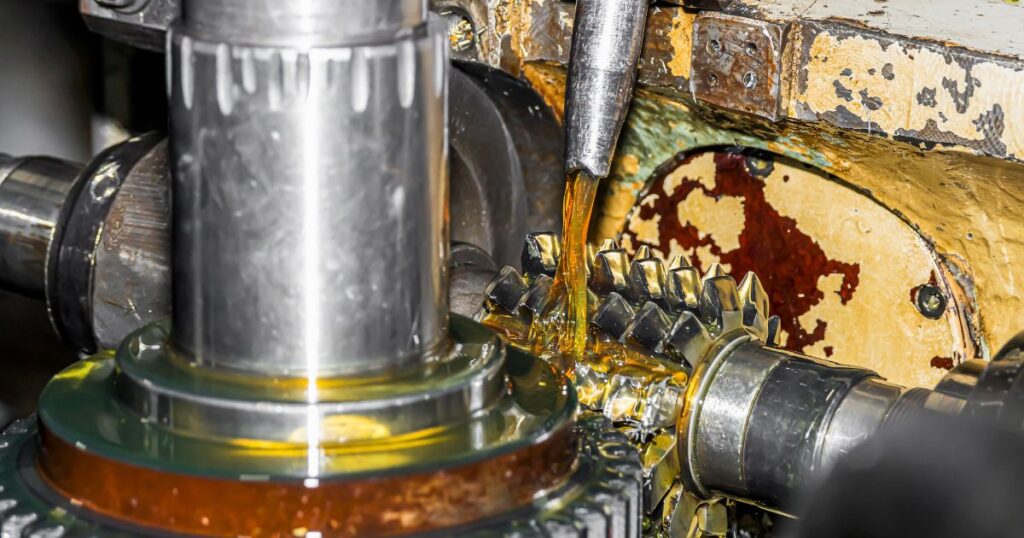
When cutting stainless steel, be sure to use cutting oil (coolant) as a lubricant.
Cutting fluid creates an oil film between the material and the tool, reducing metal-to-metal wear.
This reduces the heat generated during processing.
Summary
The difficulty of stainless steel cutting, stainless steel materials, and key points of machining were explained.
Although stainless steel cutting is a challenging process, it can be achieved with appropriate material selection, tooling, and condition settings. To improve machining accuracy and quality, select an appropriate machining contractor with high technical capabilities.
If you are considering manufacturing parts utilizing stainless steel cutting, please contact us.Taiga."Taiga is a free service that allows you to consult with experienced contractors.
We can efficiently proceed with the development of difficult or new parts, small-lot production, prototyping, and mass production while keeping costs low.
For more information about Taiga, click here.
 0120-987-742
0120-987-742